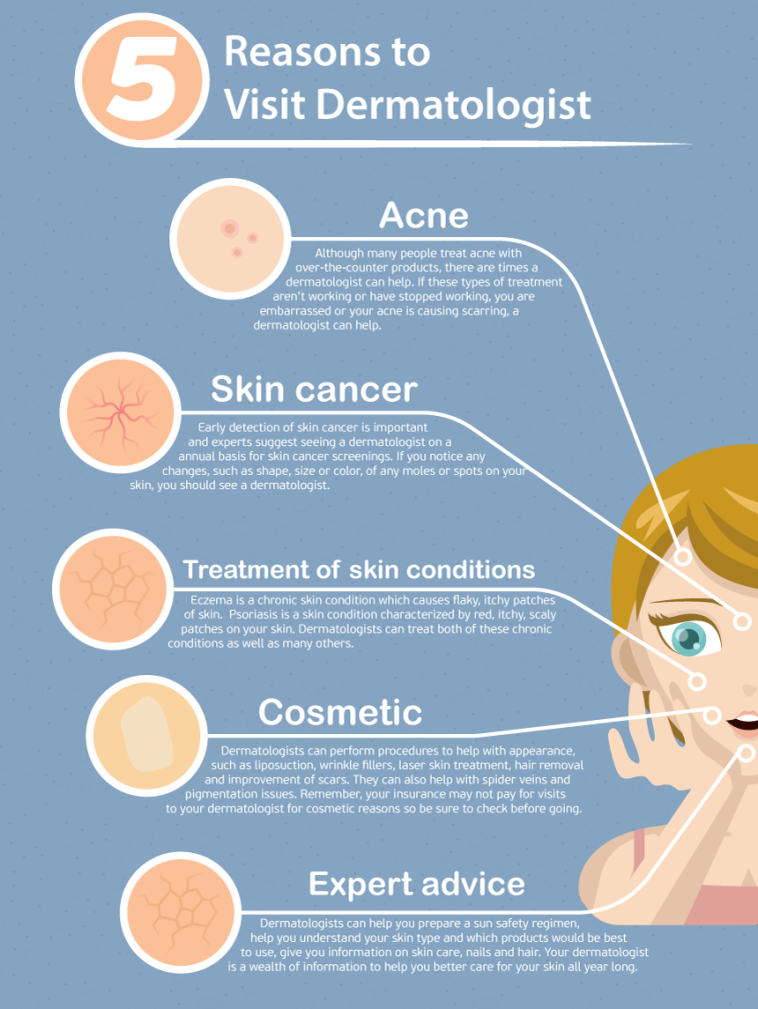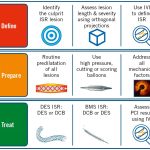
Non-Ablative Fractional Lasers: A Novel Approach for the Prevention of Skin Cancer
Introduction
Skin cancer is one of the most common cancers in the US. Although there are certain genetic and environmental factors that contribute to skin cancer, ultraviolet (UV) radiation from the sun remains the leading cause. In recent years, non-ablative fractional laser treatments have emerged as a promising preventive tool for skin cancer. This article discusses the efficacy and potential benefits of non-ablative fractional lasers in preventing skin cancer and enhancing skin health.
The Emergence of Non-Ablative Fractional Lasers
Historically, ablative lasers were used to remove parts of the epidermis for skin rejuvenation and to treat actinic keratosis, a type of pre-cancerous lesion. Although effective, ablative lasers are painful, require longer downtime, and can lead to scarring and pigmentation issues.
More recently, non-ablative fractional lasers, which target the dermis without removing the epidermis, have gained popularity. The two main wavelengths used in these lasers are the 1927 nanometer and the 1550 nanometer fractional non-ablative lasers. These newer treatments offer reduced downtime and fewer side effects, making them more patient-friendly.
1927 Nanometer Fractional Non-Ablative Laser
The 1927 nanometer fractional, non-ablative laser is used to treat lentigines (freckles) and brown spots. This laser targets melanin, the pigment responsible for skin color, and breaks up the pigment into smaller particles, which the body then removes naturally. This laser also stimulates collagen production, which improves skin texture and tightens the skin.
1550 Nanometer Fractional Non-Ablative Laser
The 1550 nanometer fractional non-ablative laser is a slightly deeper version of the fractional laser, mostly used to heat up the dermis and promote a wound healing response. This laser also stimulates collagen production and improves skin texture.
The Efficacy of Non-Ablative Fractional Lasers in Preventing Skin Cancer
Non-ablative fractional lasers have been found effective in reducing the risk of developing skin cancer. Studies show that people who received at least one non-ablative, fractional laser treatment were 50% less likely to develop another skin cancer over a six-year period.
One way non-ablative fractional lasers may prevent skin cancer is by increasing the production of insulin-like growth factor (IGF) in the skin. IGF is anti-carcinogenic, meaning it can prevent the growth of cancer cells. Additionally, non-ablative fractional lasers improve overall skin health, which can enhance the skin’s ability to heal and potentially reduce the risk of skin cancer.
The Benefits of Non-Ablative Fractional Lasers
Non-ablative fractional lasers offer several benefits for patients seeking to prevent skin cancer and enhance skin health.
Minimal Downtime and Side Effects
Unlike ablative lasers, non-ablative fractional lasers have minimal downtime and fewer side effects. Patients can resume their daily activities immediately after treatment, and side effects are generally mild and temporary.
Safe for Diverse Skin Types
Non-ablative fractional lasers are safe for all skin types when used by experienced practitioners. This inclusivity is crucial since skin cancer can affect individuals with all skin tones, and historically, treatments have not always been suitable for darker skin types.
Potential for Reducing Postoperative Scarring
Non-ablative fractional lasers have the potential to reduce postoperative scarring when used in conjunction with surgical procedures. Fractional lasers increase the production of IGF, which enhances the skin’s ability to heal and potentially reduces scarring.
Conclusion
Non-ablative fractional lasers are a novel tool in the prevention of skin cancer and skin rejuvenation. These lasers offer reduced downtime, fewer side effects, and inclusivity for all skin types. However, non-ablative fractional lasers are not a replacement for traditional methods like Mohs surgery for higher-risk tumors on critical areas such as the face or hands. As research continues in this field, non-ablative fractional lasers show promising potential for enhancing skin health and preventing skin cancer.
To prevent skin cancer, individuals should also take preventive measures like wearing protective clothing and avoiding prolonged sun exposure.
Originally Post From https://www.dermatologytimes.com/view/the-role-of-laser-treatments-in-preventing-skin-cancer
Read more about this topic at
Simple Laser Treatments May Help Prevent Nonmelanoma …
Laser Treatment for Cancer

